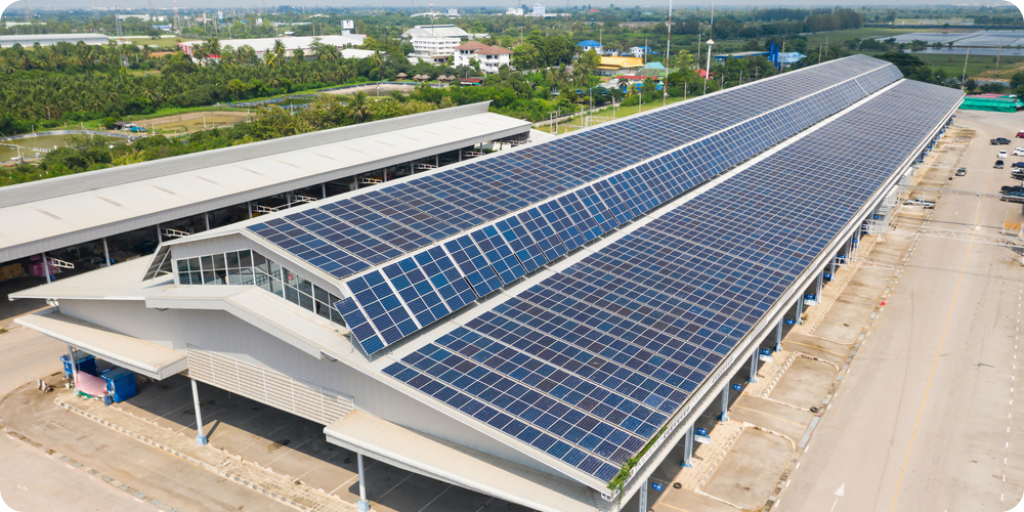
A solar power system consists of a number of key components, which are required to ensure it not only operates efficiently but according to Australian standards. Below is an introduction to the most common solar equipment used as well as the process by which a solar power system generates electricity.
A solar photo-voltaic (PV) system generates electricity from sunlight, which in turn is suitable for business and domestic electricity use. A standard solar power system without a battery can still generate some electricity when there are clouds in the sky provided there is some available daylight.
Solar PV modules, or solar panels, are usually roof-mounted for buildings or ground-mounted for solar farms. The number of modules will depend on the nominal size of your system and, collectively, they are known as the solar array. The solar panels capture the sunlight and convert it into direct current (DC) electricity. Where panels are impacted by shading from adjacent objects power optimisers may be recommended to mitigate the impact on the overall system.
Cables carry this DC electricity to one or more inverters. An inverter converts the DC electricity into alternating current (AC), which is the type of electricity supplied from the electricity grid to your property. Some inverters have a digital read out so you can monitor information like how much solar electricity is produced or consumed. Sometimes microinverters are used instead of inverters, which individually convert the power of each panel.
The AC electricity from the inverter is delivered to the switchboard. From here, the electricity is distributed to your appliances, lights and power outlets just like the grid supplied electricity is. A battery can store the energy generated from the solar power system and is a good investment if electricity consumption is high at nighttime, to reduce the risk of power outages or to assist with meeting sustainability targets.
Any surplus solar electricity can be exported to the electricity grid. If your solar power system does not deliver enough electricity then the balance will be imported from the grid. Your electricity retailer pays or credits you in the form of the feed-in tariff for the energy exported, while imported energy will be charged by your retailer.
Curious what renewable energy can do for you? We are here to help.